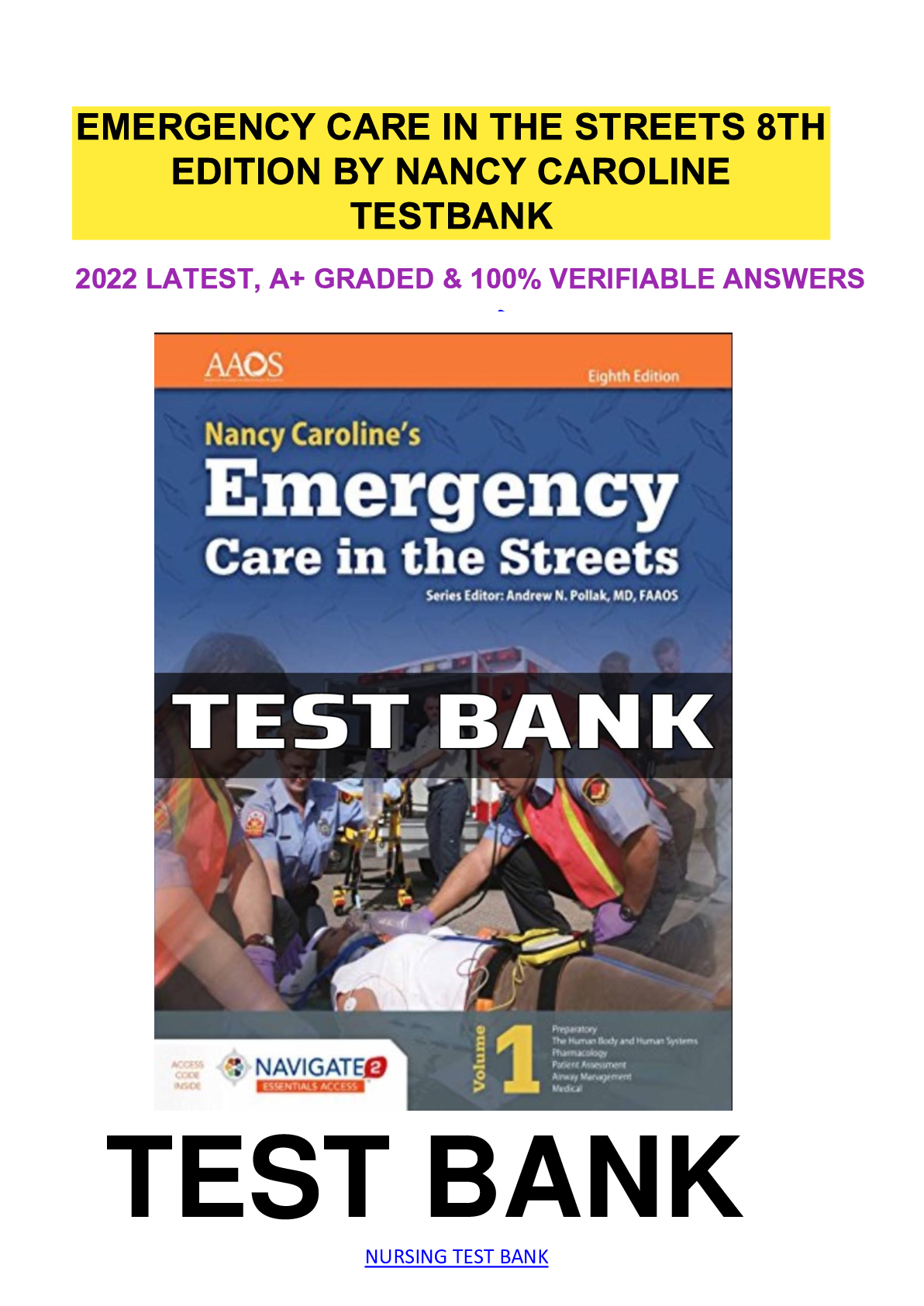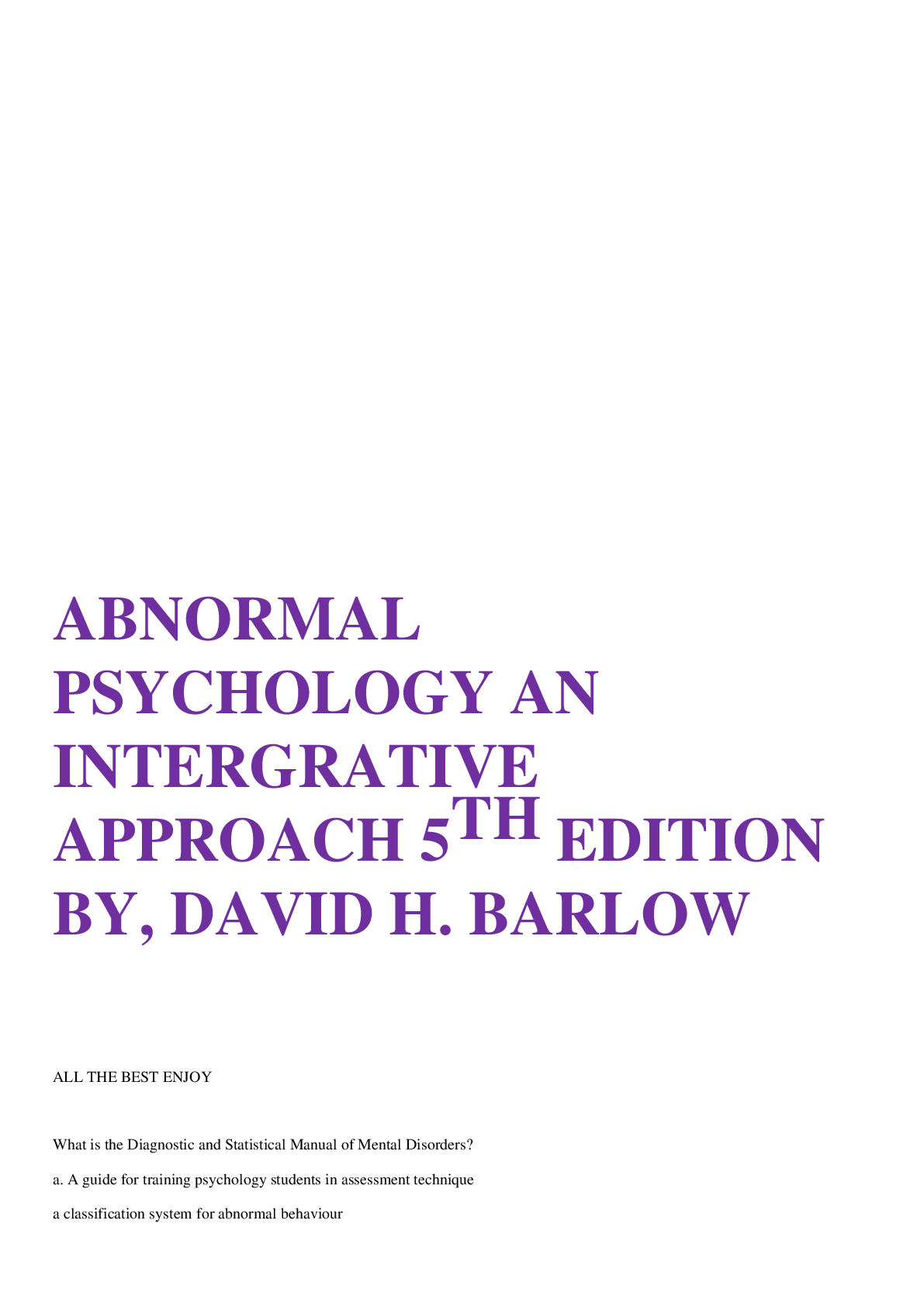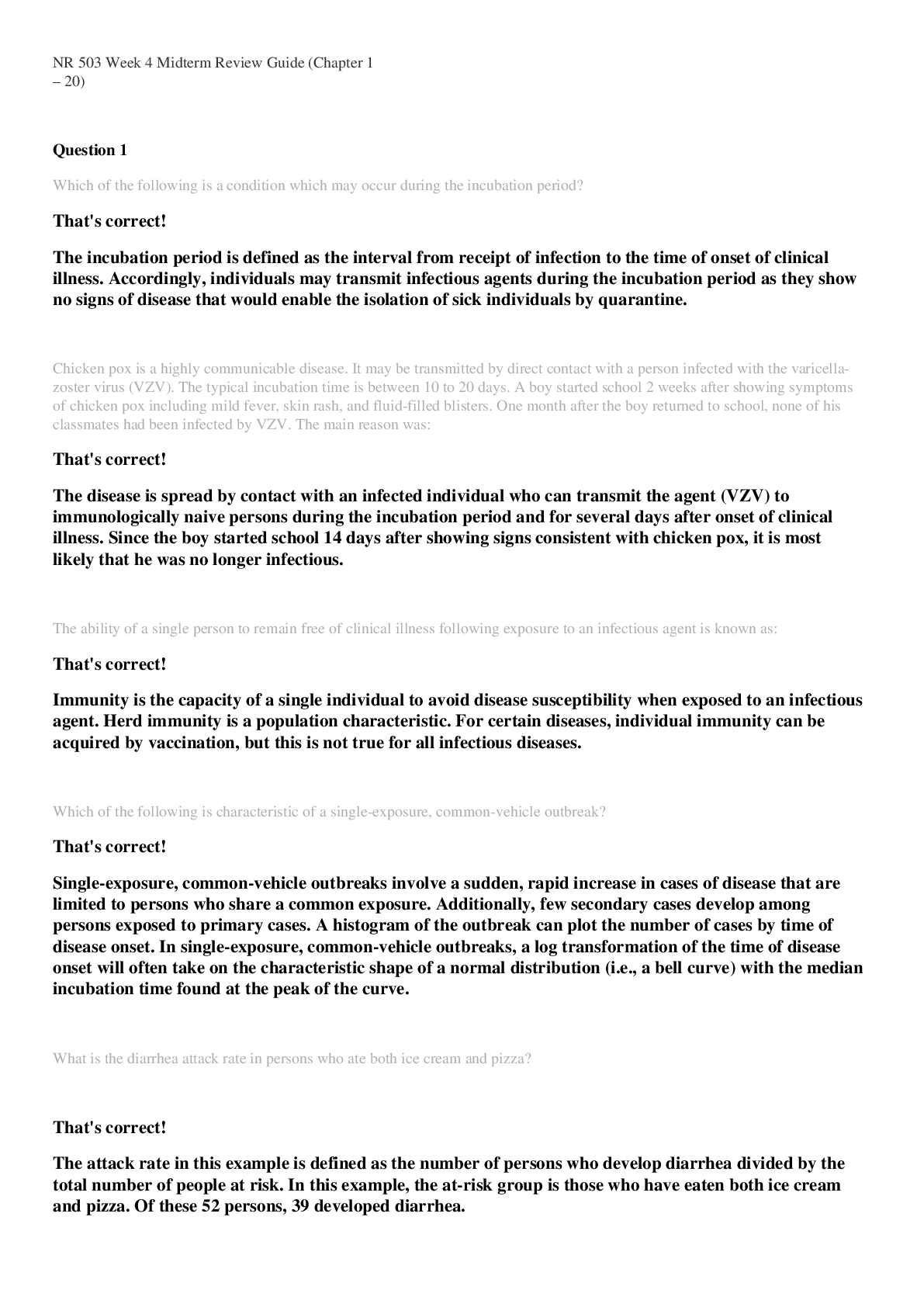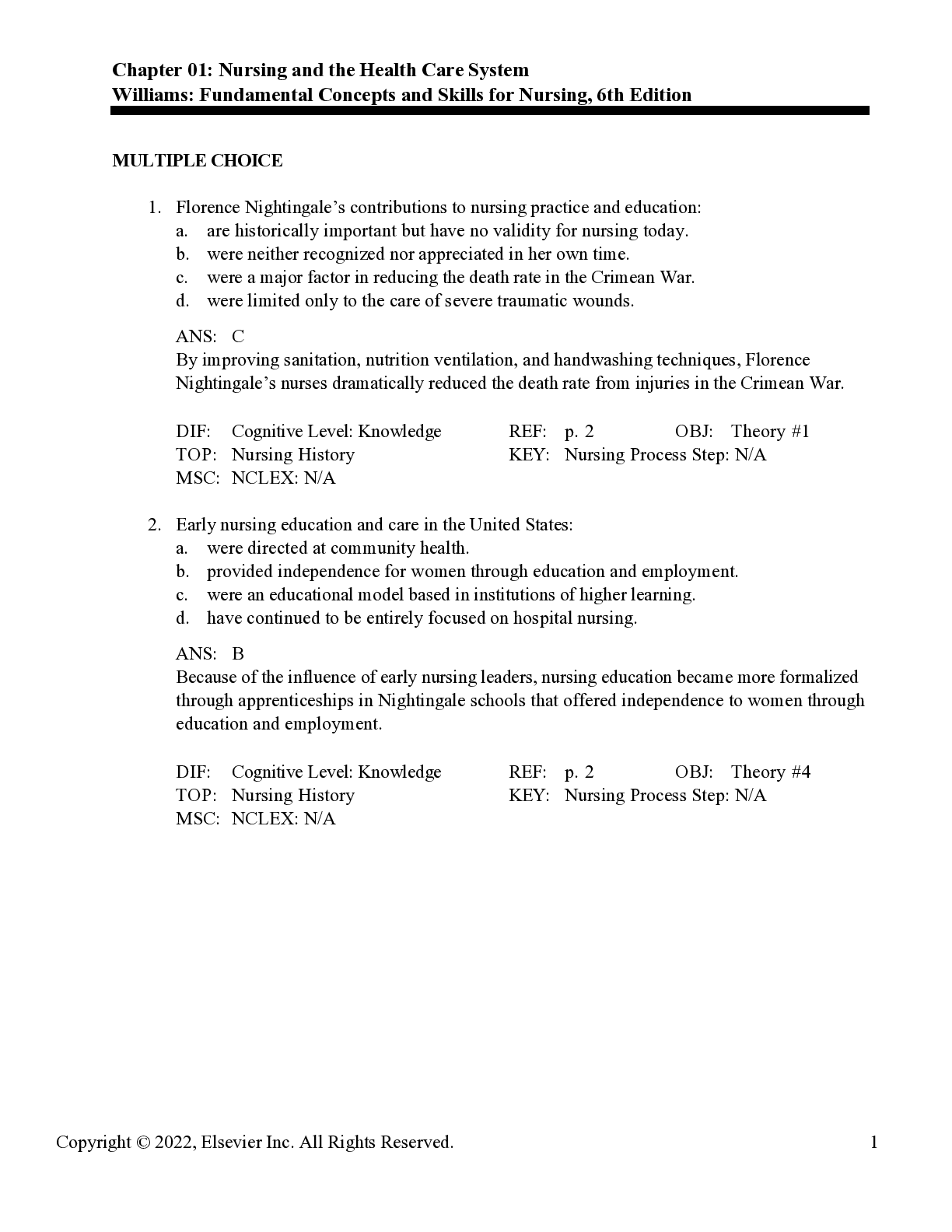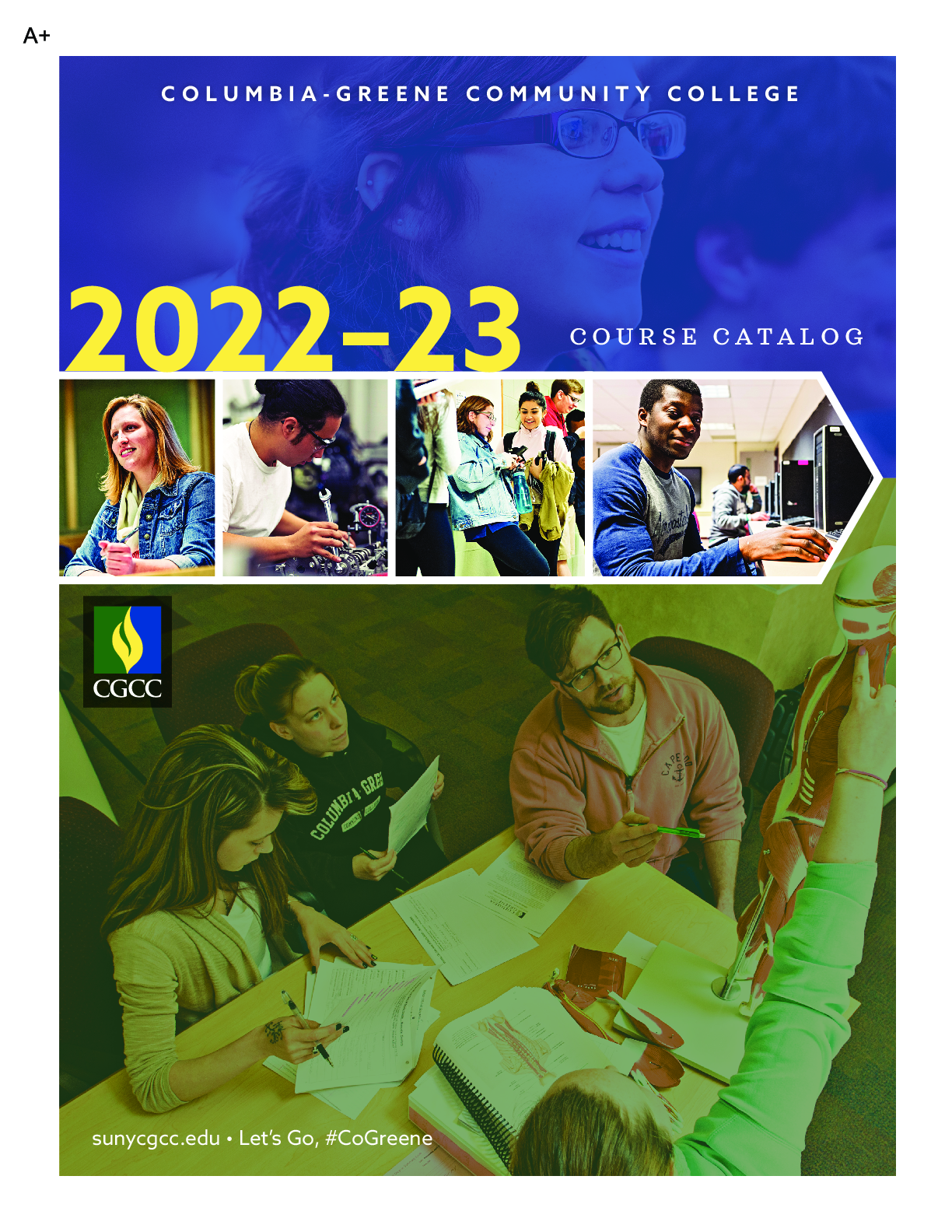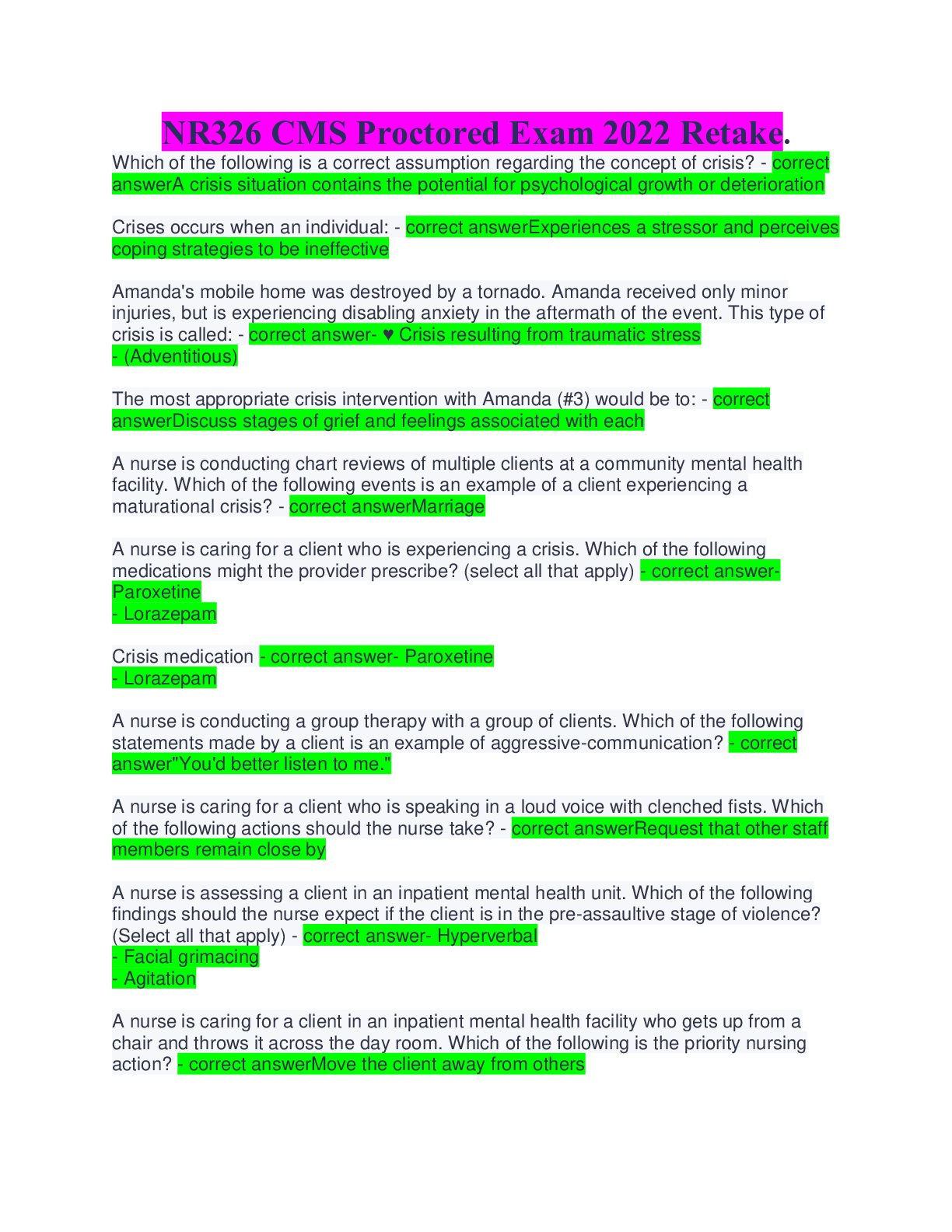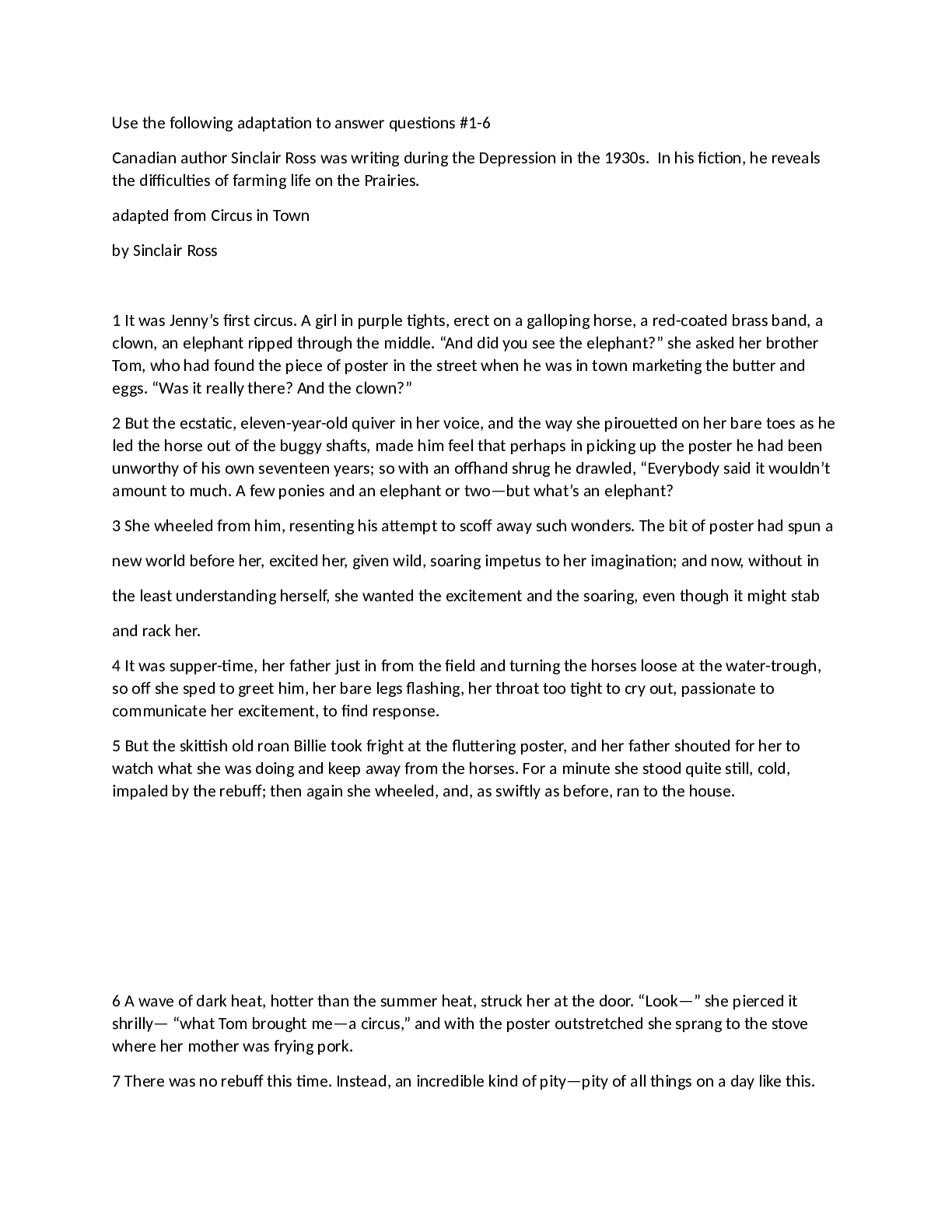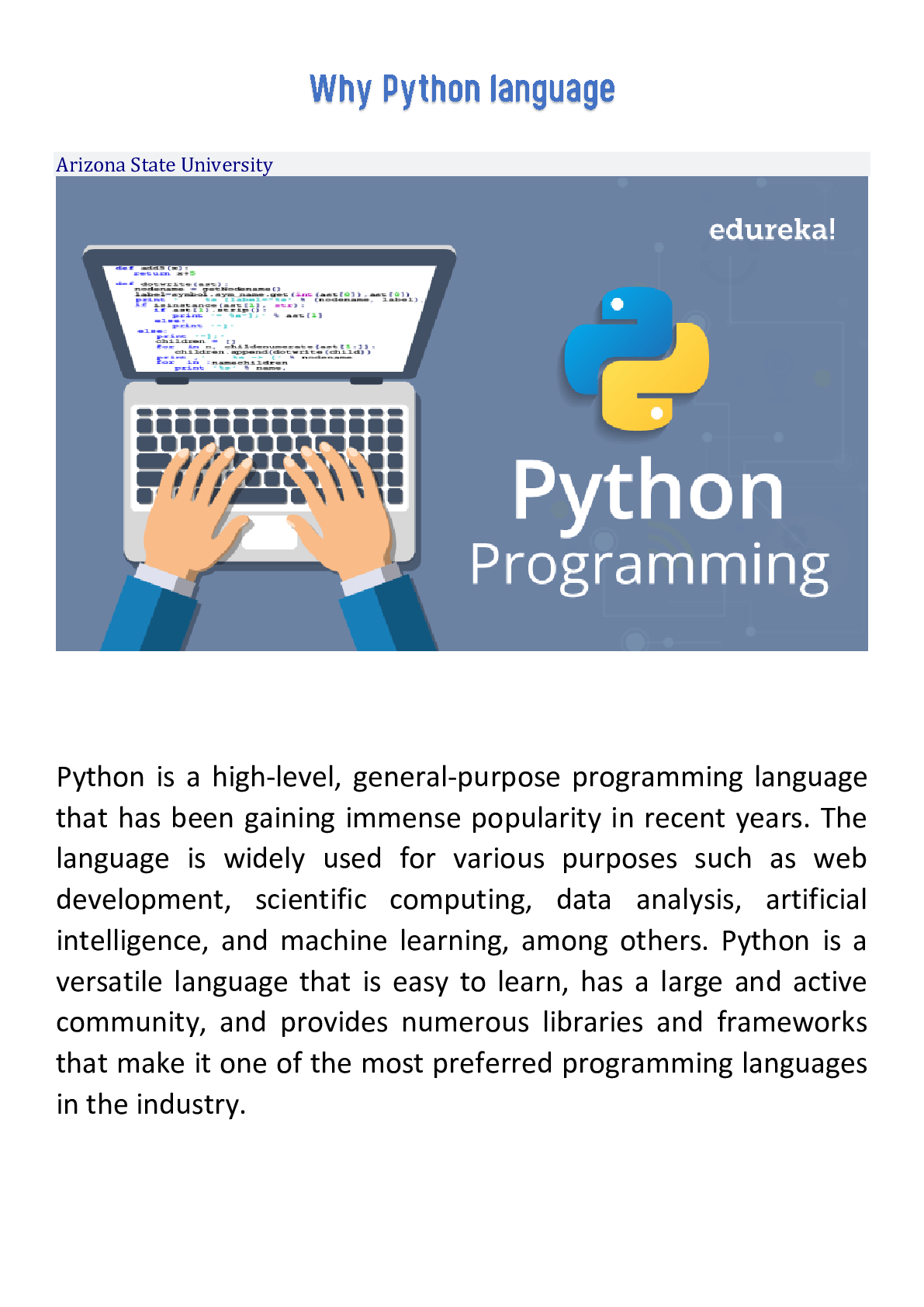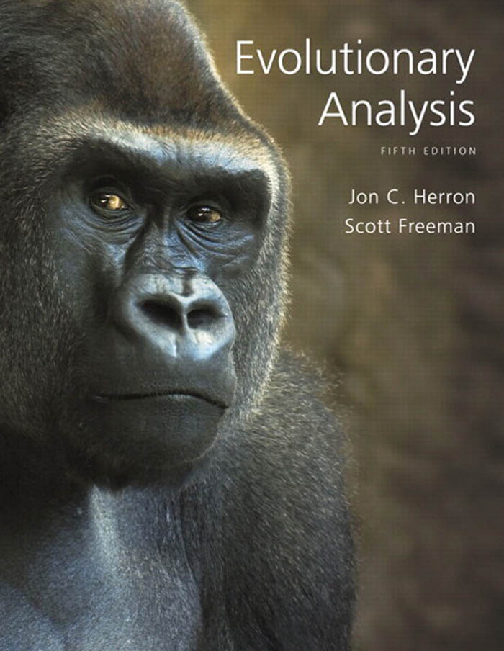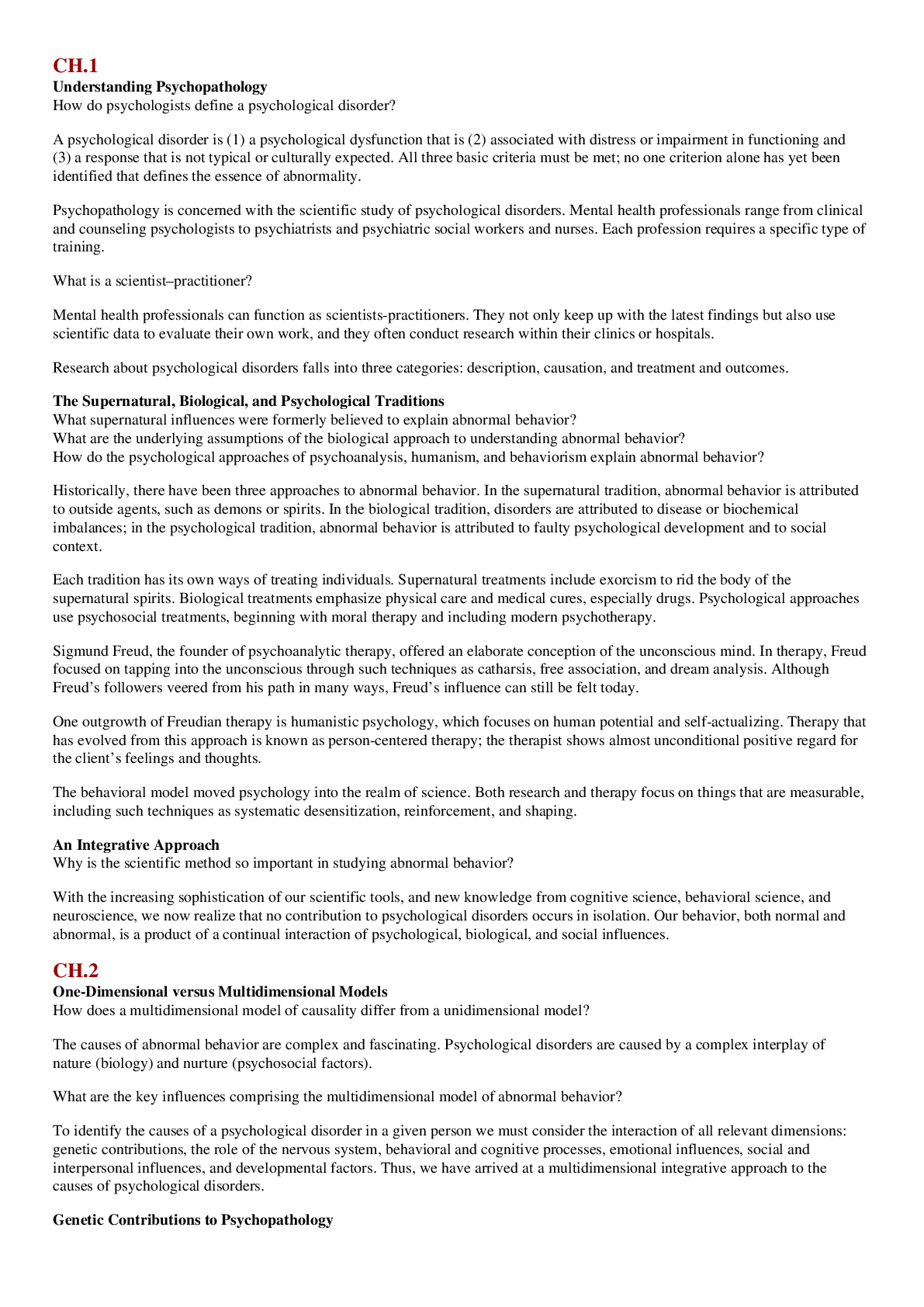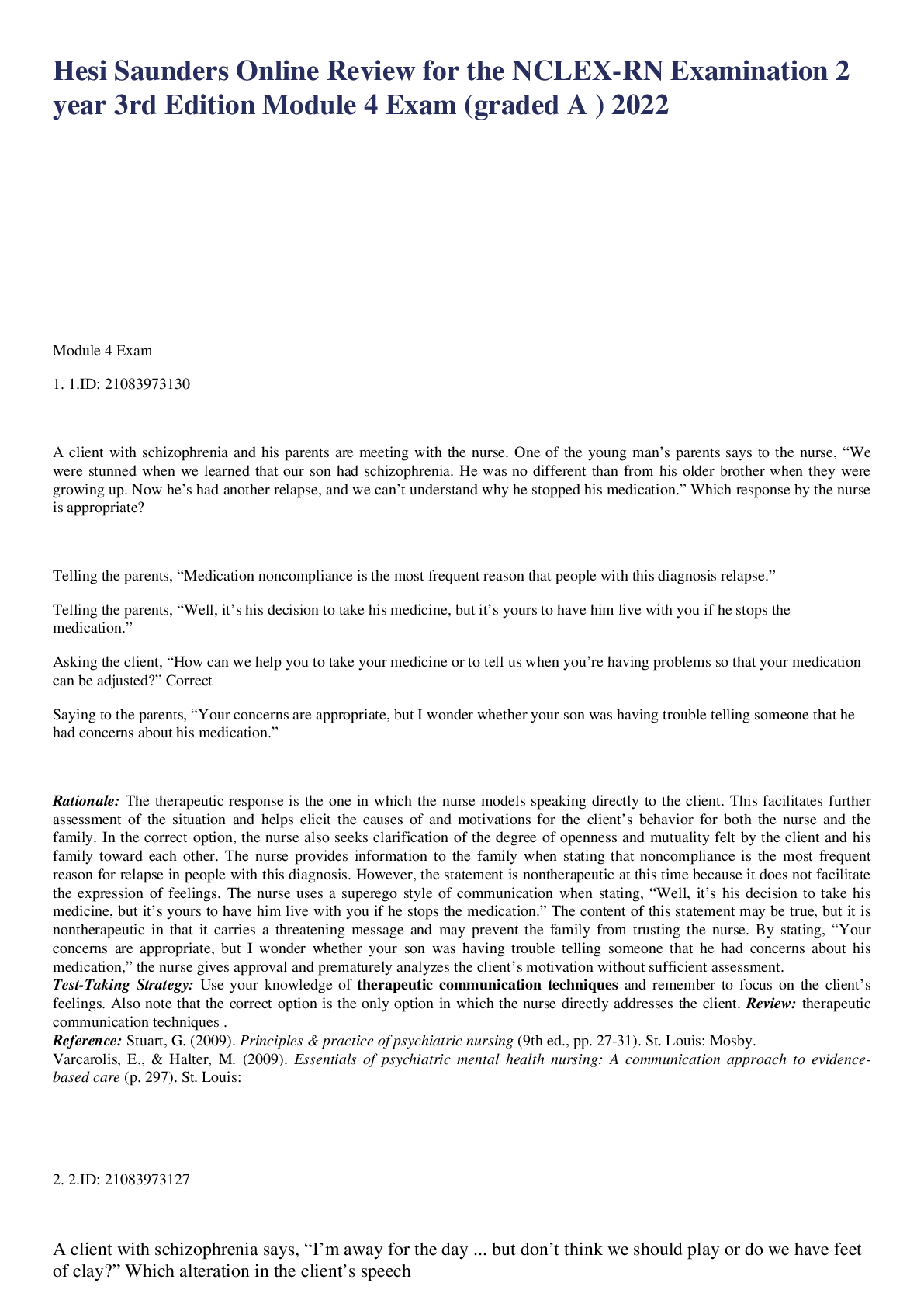KAPLAN > Book Review > KAPLAN RN EXIT EXAM V1 (All)
KAPLAN RN EXIT EXAM V1
Document Content and Description Below
KAPLAN RN EXIT EXAM V1 KAPLAN RN EXIT EXAM V1 1. The nurse cares for a client diagnosed with superficial partial thickness burn. The nurse should assign the client to a room with which client? A... . A client diagnosed with Cushing’s Syndrome. B. A client Diagnosed with cellulitis of the left leg. C. A Client diagnosed with acute peritonsillar abscess. D. A client diagnosed with acute pelvic inflammatory disease. Answer: A 2. The nurse observes client care on a geriatric unit. The nurse should intervene in which situation? a. A student nurse assist the client out of bed toward the clients strong side. b. A student nurse assist the client to sit on the side of the bed by lifting the client’s shoulders and swinging the client’s legs over the edge of the bed. c. A student nurse assists the client to stand from a sitting position by grasping the client’s elbows. d. Two student nurses use a draw sheet to turn a client in the bed. Answer: C 3. The nurse evaluates the results of the client’s purified protein derivative (PPD) 2 ½ days after the injection. The nurse noted the induration is 4 mm. which action by the nurse is most appropriate? a. Inform the client the results are negative b. Obtain the names of the client’s closest contacts. c. Determine the HIV status of the client. d. Wait and additional 24 hours to read the results. Answer: A 4. The nurse cores for the client with a history of schizophrenia. The nurse expects to note which speech pattern? a. Repetition of the words used by the nurse. b. Rapid, coherent conversation about unrelated topics. c. Immediately answering questions appropriately. d. Slow, purposeful answers to the nurses questions. Answer: A 5. The nurse cares for a 6-month-old infant. The parents report that the infant had severe diarrhea for twelve hours. The nurse anticipates which finding? a. Normal skin elasticity. b. Depresses anterior fontanel. c. Pale yellow urine. d. Absent bowel sounds. Answer: B 6. The nurse cares for a client receiving hydrocodone every 6 hours prn for pain. The client reports pain at 1600. The nurse notes that the hydrocodone was last administered at 1200, and the nurse proceeds to administer hydromorphone at 1615. After discovering the error, how should the nurse record the occurrence? a. “Wrong pain tablet given early. Client will be monitored closely. Asleep now.” b. “Hydromorphone given instead of hydrocodone. Nursing supervisor aware of error.” c. Hydrocodone tablet ordered every 6 hours; pain medication given after 4 hours. Health care provider notified.” d. “Hydromorphone given at 1615; health care provider notified. B/P 122/80, RR 16.” Answer: D 7. The male client asks the nurse, “Why am I experiencing erectile dysfunction (ED)?” The nurse reviews the client’s medications. The nurse recognizes that which classification increases the risk for ED? a. Non-steroidal anti-inflammatory drugs. b. Antihypertensive medications. c. Anticoagulant medications. d. Histamine H2 inhibitors. Answer: B 8. The nurse in the hospital cafeteria overhears two nursing assistive personnel (NAP) discuss the client’s condition. What is the PRIORITY action for the nurse to take? a. Change the topic of the conversation. b. Report the employees to their nurse manager. c. Inform the employees about patient confidentiality and the client’s right to privacy. d. Meet with the employees at the end of the shift and tell them not to discuss clients in a public place. Answer: C 9. The nurse cares for a client diagnosed with dehydration. The plan of care indicates the client is to drink two ounces of fluid every hour. The nurse determines the goal is met if which is recorded on the intake and output (I&O) sheet for an eight-hour shift? a. 360 ml b. 160 ml c. 480 ml d. 240 ml 1 oz=30 ml; 60 oz*8= 480 ml Answer: C 10. The nurse and LPN/LVN care for clients on a medical-surgical unit. The RN should delegate which activity to the LPN/LVN? a. Follow up on the client’s report of chest and back itching two hours after starting a patient controlled analgesia pump. b. Provide instruction for the client receiving the first nicotine patch. c. Inform the health care provider of the client’s history of peptic ulcer disease prior to administration of streptokinase. d. Take the blood pressure and heart rate before administration of enalapril. Answer: D 11. The nurses care for the client diagnosed with tuberculosis. Before discontinuing airborne precautions, the nurse must confirm which? a. The tuberculin skin test is negative b. No acid-fast bacteria are in the sputum. c. The client has received anti-tuberculin medication for three days. d. The client’s temperature has returned to normal. Answer: B 12. The nurse cares for the client at 28 weeks gestation diagnosed with a complete placenta previa. The nurse determines discharge teaching is effective if the client makes which statement to her husband? a. I can go back to work tomorrow on a part-time basis b. I’m sorry to tell you we can’t have sexual relations c. I will still be able to have a vaginal birth d. I have to come back in 48 hours for a vaginal exam Answer: B 13. The nurse prepares the client diagnosed with myxedema for discharge. Which action should the nurse teach related to body temperature? a. “Alternate acetaminophen with ibuprophen every four hours for fever” b. “Take your temperature and record the results three times a day.” c. “Put on multiple layers of clothes until you fell comfortably warm.” d. “Use a heating pad during the day and electric blanket at night.” Answer: C 14. The nurse cares for clients in the labor and delivery unit. The nurse anticipates which client is a candidate for induction of labor? a. The client with the fetal face as the presenting part. b. The client diagnosed with preeclampsia. c. The client diagnosed with active herpes infection. d. The client experiencing late decelerations. Answer: B 15. The nurse cares for the client diagnosed with HIV. The nurse determines which goal is MOST important? a. Prevent Kaposi’s sarcoma. b. Prevent depression c. Prevent infections. d. Prevent social isolation. Answer: C 16. The nurse educator presents an in-service on acyanotic heart disease. Which is the most common symptom of this disorder that the nurse educator should include? a. Severe retarded growth. b. Clubbing of the fingers and toes. c. Presence of an audible heart murmur. d. Polycythemia. Answer: C 17. The nurse provides care for the client diagnosed with pneumonia who has postural drainage twice a day. Which client response indicates to the nurse that treatment is effective? a. “My upset stomach is better.” b. “I am coughing up more sputum.” c. “My cough is better.” d. “I don’t feel feverish anymore.” Answer: B 18. The risk management department plans a program to reduce errors. Which is the most common cause of errors in medication administration? a. Failure to follow routine policy and procedures. b. Caring for too many clients. c. Responsible for administering numerous medications. d. Unfamiliar with monk of the new pharmaceuticals ordered. Answer: A 19. The nurse cares for the school-aged child newly diagnosed with type 1 diabetes. The nurse instructs the family that the child’s insulin needs will decrease during which situation? a. Active exercise b. Infection c. Emotional stress. d. Puberty. Answer: A 20. The nurse cares for the client receiving lactulose. The nurse determines the medication is effective if which is observed? a. The client’s weight increases by 5 pounds. b. The client denies shortness of breath. c. The client’s urinary output is 2000 ml daily. d. The client is alert and oriented to person, place and time. Answer: D 21. The nurse cares for the three-year-old prior to a surgical procedure. Which behavior indicates that the child is coping with preoperative preparation? a. The child hops around the room pretending to be a bunny while the nurse attempts to obtain a blood pressure reading. b. The child talks about the picture of a nurse and client while coloring the picture using a number of bright colored crayons. c. The child sits quietly reading a story about a boy who is going to have surgery while the nurse reviews the consent from the parents. d. The child sits on the parent’s lap and sucks the child’s thumb while the nurse uses puppets to demonstrate the use of the pulse oximeter. Answer: B 22. The nurse instructs the client after a total hip arthroplasty. The client will utilize which assistive devices in the home? a. Wheelchair b. A long-handled shoehorn. c. A reaching device. d. A raised toilet seat. e. A trochanter roll. f. A shower bench. Answer: B,C,D,F Note: total hip replacement is the same as arthroplasty 23. The client reports vomiting and diarrhea for three days. Which assessment finding does the nurse anticipate? a. Bradycardia b. Decreased blood pressure. c. Peripheral edema. d. Moist crackles. Answer: B 24. The nurse cares for the client in active labor. The health care provider orders an oxytocin infusion. Which action should the nurse take FIRST after initiating the infusion? a. Time and record the length and strength of the contractions. b. Prepare the client for an emergency cesarean birth. c. Check the client’s perineum for bulging. d. Monitor the fetal heart rate. Answer: A 25. The intensive care nurse cares for the client two hours after a myocardial infarction is diagnosed. The nurse’s PRIORITY is to focus on which action? a. Relieve pain. b. Prevent embolism. c. Monitor the telemetry. d. Reduce apprehension. Answer: A 26. The home health nurse instructs the family how to “allergy-proof” their preschooler’s bedroom. The nurse determines teaching is successful if which of the following is observed? a. There are mini-blinds on the windows without curtains. b. The feather pillows are enclosed in double pillowcases. c. The child’s doll collection is displayed high on a shelf. d. There are no pictures hung on the walls. Answer: D 27. The nurse cares for infants in the newborn nursery. Which observation requires the nurse to contact the physician? a. The Asian female, 12 hours old, has a large bluish area noted across the sacrum and left hip. b. An African-American make, 2 hours old, has fine bi-basilar crackles. c. Uneven skin folds are noted on a the upper legs of a Mexican-American female born 6 hours ago. d. The anterior fontanel of a Caucasian male born 28 hours ago is moderately firm and flat. Answer: C 28. The nurse cares for the client diagnosed with partial thickness burns to the entirety of both arms. Using the Rule-of-Nines, the nurse estimates the injury is which percentage? a. 18% b. 29% c. 36% d. 9% Answer: A 4.5% front and 4.5 % back, whole arm 9% 29. The home care nurse visits the client diagnosed with late stage Parkinson’s disease. The client sits in a wheelchair. Which statement, if made by the caretaker, indicates to the home care nurse teaching is effective? a. “My Client should push the hips up from the wheelchair for about 10 seconds every hour or so.” b. “My client should elevate the knees with a pillow when lying in bed.” c. “I will limit my client’s time in the wheelchair to 30 minutes each day.” d. “I will encourage my client to change position every six hours.” Answer: A 30. The home care nurse makes a visit to the client diagnosed with heart failure. The client reports having difficulty sleeping at times. The nurse should take which action FIRST? a. Recommend taking over-the-counter diphenhydramine (Benadryl) b. Encourage a half hour of moderate exercise prior to going to bed. c. Obtain a thorough sleep assessment history. d. Instruct the client to nap during the day. Answer: C 31. The nurse cares for the client admitted to the critical care unit. The nurse observes splinter hemorrhages in the nails, painful nodules on the fingertips and splenomegaly. It is MOST important for the nurse to take which action? a. Determine if client can comply with home IV therapy. b. Auscultate the precordium for murmurs. (ENDOCARDITIS) c. Instruct the client about the importance of balancing rest and activity. d. Encourage the client to perform oral hygiene twice a day. Answer: B 32. The nurse instructs the client about stable angina. The nurse determines teaching is effective if the client makes which statement? a. Angina pain usually feels like being stabbed with a knife b. Each time I have angina, my heart is damaged. c. My chest pain can occur if I overexert myself. d. If I have chest pain, then I’m probably having another heart attack. Answer: C 33. The nurse cares for the client in pain. Which factor is MOST important to determine if the client is a candidate for patient controlled analgesia? a. The client has a surgical procedure of 30 minutes. b. Body mass index does not exceed 30 kg/m2 c. The clients has a history of chronic pain. d. The client is mentally alert. Answer: D 34. The nurse received report from the previous shift. Which client should the nurse see FIRST? a. The client recently admitted from the operating room who is drowsy and requesting something for pain. b. The client recently diagnosed with asthma with an O2 saturation of 97% c. The client scheduled for discharge later in the day and is reporting increased shortness of breath. d. The client who had an open cholecystectomy 24 hours ago with a temperature of 100 degrees Answer: C 35. The nurse reviews the arterial blood gas (ABG) report. The PH is 7.50; CO2 is 40mm; HCO3 is 30 mm. Which is the MOST important question to ask the client? Pg 234 a. Do you smoke? b. Do you have a history of emphysema? c. How long have you been vomiting? d. Do you take insulin for your diabetes? Answer: C 36. The nurse prepares a list of delegated tasks for the nursing assistive personnel (NAP). Which task would be APPROPRIATE? a. Feed the client diagnosed with dysphagia related to a stroke b. Assist the client one day postoperatively to ambulate following knee replacement. c. Turn and reposition the client diagnosed with quadriplegia. d. Obtain vital signs for the client whose last B/P was 188/104 Answer: C 37. The nurse cares for the client diagnosed with anorexia nervosa. The nurse should include which in the client’s plan of care? a. Allow as much time as needed for each meal. b. Observe client during and one hour after each meal. c. Explain the importance of an adequate diet. d. Use a random pattern for weigh assessments. Answer: B 38. The nurse cares for the client diagnosed with obsessive-compulsive personality disorder (OCD). Which does the nurse expect the client to demonstrate? a. Doubts, fears, and indecisiveness b. Marked emotional maturity. c. An elaborate delusional system. d. Rapid, frequent mood swings. Answer: A 39. The nurse prepares to administer medications. Which medication cannot be given directly intravenously? a. 50%dextrose b. Potassium chloride (KCI) c. Furosemide (Lasix) d. Calcium gluconate. Answer: B 40. The nurse cares for a client diagnosed with pancreatic cancer. When talking to the client about the diagnosis, the nurse anticipates the client will make which statement? a. How can I have cancer when I don’t hurt anywhere on my entire body? b. I’ve been feeling fine and didn’t go to the doctor until my skin was kind of yellow. c. I should have known something was wrong when I gained 10 pounds in six weeks. d. My last couple of bowel movements have look almost black in color. Answer: B 41. The parent of an adolescent diagnosed with hemophilia calls the nurse to discuss the adolescent’s desire to participate in sports. Which activity should the nurse recommend? a. Soccer b. Gymnastics c. Swimming d. Snowboarding Answer: C 42. The nurse prepares to administer medications to the following clients. Which medication should the nurse pass FIRST? a. Cephalexin to the postoperative client with a white blood cell count (WBC of 9.5/mm3 b. Morphine to the postoperative client reporting pain at a 5 on a 0-10 scale. c. Ipratropium to the newly-admitted client diagnosed with chronic obstructive pulmonary disease. d. Warfarin tot eh client with a prothrombin (PT) time of 16 seconds and an international normalized ratio (INR) of 3.5. Answer: C 43. The nurse provides discharge instructions to the client with a tube after traditional cholecystectomy. The nurse determines teaching is effective if the client makes which statement? a. The tune can be used to administer stone dissolving medications. b. This tube will stay in for 1-2 weeks and drainage will decrease. c. If it is this with mucus or blood, I an irrigate the t-tube. d. I should milk the tube every 4 hours and record the drainage. Answer: B 44. The nurse prepares to administer digoxin for the 5-year-old child. The nurse should withhold the drug and contact the physician for which finding? a. The one-time dose of furosemide is also due. b. Child has not eaten in several hours. c. The nurse notes pallor of the child’s skin. d. A apical heart rate of 88 assessed. (60 or less adult, 90 or less children) Answer: D 45. The nurse cares for the client with a chest tube. Immediately after the tube is removed, it is MOST important for the nurse to take which action? a. Cover the section site with a moist saline dressing. b. Secure the insertion site with several steri-strips. c. Assist the health care provider to close the insertion site with sutures. d. Request a STAT portable chest X-ray. Answer: D 46. The home care nurse cares for the client diagnosed with benign prostatic hyperplasia. The client reports not voiding since the previous evening. Assessment reveals a distended bladder. Which action should the nurse take NEXT? a. Apply gentle pressure over the client’s pubic area. b. Encourage the client to increase oral intake of fluids. c. Obtain an order for a straight catheter. d. Assist the client into a warm shower. Answer: C 47. The nurse assigns the nursing assistive personnel (NAP) to the mother who is first day postpartum following a vaginal birth. Which tasks are appropriate for the nurse to delegate to the NAP? a. Check the location of the fundus twice a shift. b. Help the mother to ambulate shortly after delivery. c. Assist the mother with changing the perineal pad. d. Inform the mother about appropriate cord cake. e. Assist the mother with breast-feeding. f. Instruct the mother about cleansing the perineum. Answer: B,C 48. Two days after a short leg cast was applied for a fractured tibia, the client reports new, severe pain over the calf area. Which action should the nurse take FIRST? a. Instruct the client to elevate the leg above the heart. b. Obtain a cast cutter and elastic compression bandages c. Contact the health care provider. d. Assess bilateral deep tendon reflexes. Answer: C 49. The nurse counsels the client diagnosed with herpes simplex virus (HSV) infection. Which suggestion by the nurse BEST meet the client’s needs to cope with this diagnosis? a. Pamphlets about the disease and treatment. b. Web sites containing sexual transmitted disease (STD) information. c. Contact information for a local support group. d. Information about promising drug research. Answer: C 50. The nurse prepares the 3 year old for discharge after a tonsillectomy. The nurse recommends the parents offer the child which food during the first 24 hours? a. Cherry popsicle b. Vanilla milkshake c. Lemon-lime soft drink d. Cream of tomato soup. Answer: C 51. The client receives enteral nutrition at 50 ml/hour due to dysphagia. Which nursing action diagnosis would be the priority? a. Risk for fluid volume excess. b. Risk for electrolyte imbalance. c. Risk for imbalanced nutrition. Less than body requirements. d. Risk for aspiration. Answer: D 52. The charge nurse has received change-of-shift report on a medical-surgical unit. Which activity can be delegated to an LPN/LVN? a. Transfuse platelets for a client. b. Change a dressing on a client with a stage IV pressure ulcer. c. Initiate discharge teaching for the client whose B/P was 88/64 an hour ago. d. Obtain vital signs on a client whose BP was 88/64 an hour ago. e. Irrigate an urinary catheter. f. Administer water through a gastrostomy tube. Answer: B,D,E,F 53. The nurse presents information about misuse of medications to the senior citizen group. Which client response indicates a safe medication practice? a. It is okay to use someone else’s medication if it is similar to my prescription. b. If I miss a dose of medication, I should not double up on the next dose. c. Combining prescribed medicines with other the counter ones is cost-saving. d. Sometimes we have prescriptions from several doctors out of necessity. Answer: B 54. The nurse cares for the client in the emergency department. The client’s friends state the client inhaled varnish remover and passed out. The nurse notices a rash around the client’s nose and mouth, axillary temperature 97.8 degrees, pulse 66, respiration 12, blood pressure 168/88, pulse oximetry 98%. Which action should the nurse take FIRST? a. Provide oxygen 2L per nasal cannula. b. Evaluate pupillary response. c. Listen to heart sounds d. Place patient in supine position. Answer: B Increased Intracranial Pressure: opposite of shock; increase BP, decreased Pulse and Decreased Respirations. Pupils don’t respond. 55. Which indicates to the nurse that a 41-year-old woman who is 5’5’’ tall is obese? a. Waist circumference is 75 cm b. Wait to hip ratio is 0.7 c. Body mass index is 31 kg/m2 d. Weight is 124 lbs. Answer: C More than 30, more than 25 overweight. Less than 19 underweight. 56. The nurse cares for the client reporting a burning sensation and itching of the right eye. On examination, the eye is red, with watery yellow discharge. The nurse understands which is the MOST likely cause of the client’s symptoms? a. Conjunctivitis b. Foreign body in the eye c. Allergic reaction d. Corneal abrasion Answer: A 57. The nurse cares for the infant diagnosed with hydrocephalus immediately after placement of a ventriculoperitoneal (VP) shunt. The nurse should place the infant in which position? a. High Fowler’s Position b. Supine lying on the non-operative side [Show More]
Last updated: 10 months ago
Preview 1 out of 30 pages

Reviews( 0 )
Document information
Connected school, study & course
About the document
Uploaded On
Jun 17, 2023
Number of pages
30
Written in
Additional information
This document has been written for:
Uploaded
Jun 17, 2023
Downloads
0
Views
68

